
Ever glance around at how some of the appliances in the kitchen seem to have a knack for multiplying when no one’s looking? By the time one reaches their 60s, drawers and cabinets might be packed with gadgets and appliances that no longer suit the cook’s style or even lifestyle. And although nostalgia may make it difficult to let go of some items, leaving them behind is likely to mean additional clutter, more heavy lifting, and potentially even hazards.
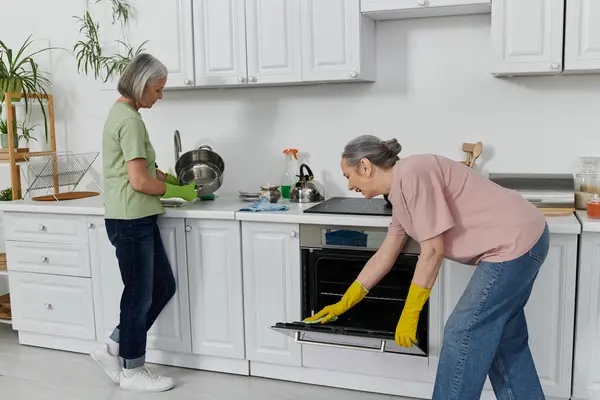
For the majority of older adults, the kitchen remains a centre of everyday life. But with an emphasis on convenience, comfort, and simplicity, it’s time to think differently about what really belongs in the kitchen. The goal isn’t to strip away the enjoyment from cooking it’s to make space for it. It means letting go of what’s cumbersome or unnecessary, and embracing tools and designs that work with changing needs, not against them.
This checklist marries practical decluttering tips with smart design solutions so anyone 60 or older and their caregivers can create a safer, lighter, more enjoyable kitchen to use every day.
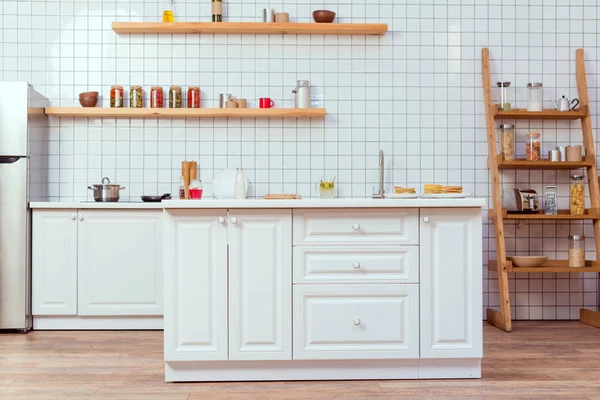
1. Retire Single-Use Gadgets
Avocado cutters, novelty egg shapes, and tiny popcorn poppers were maybe fun a while back, but they tend to turn into dust-collecting clutter. They’re single-use items that take up valuable drawer space and can’t replace the sharp chef’s knife or a simple peeler. The less gadgets, the less digging and cleaning for seniors, and the more room for the essentials.
Instead of having a drawer full of specialized tools, focus on multi-purpose items that will be used for numerous tasks. A good knife, a dependable cutting board, and a reliable peeler can replace a dozen specialized appliances. This concise approach not only creates space but also does away with the aggravation of finding the right tool.
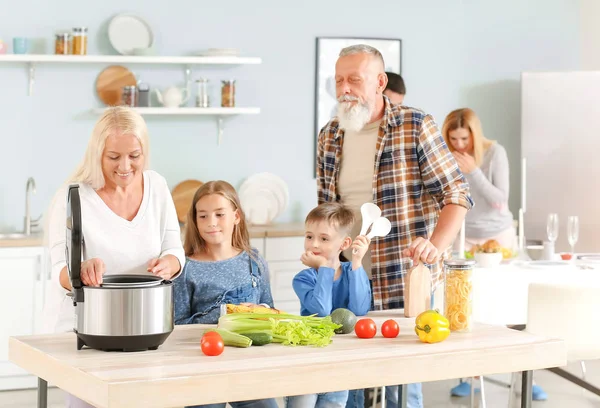
2. Say Goodbye to Over-Sophisticated Multi-Cookers
Devices with infinite settings and small digital screens may be more hassle than they’re worth. Tools like sous vide immersion circulators or high-end multi-cookers may involve several steps and constant vigilance hardly convenient for weeknight meals. Simpler alternatives, such as a user-friendly air fryer or a straightforward slow cooker, have straightforward controls and consistent results.
They are easier to clean, take up less counter space, and turn food preparation into less of a mental process. For those who do not want to give up on flexibility, a compact convection oven can take the place of multiple gadgets without being complicated to operate.
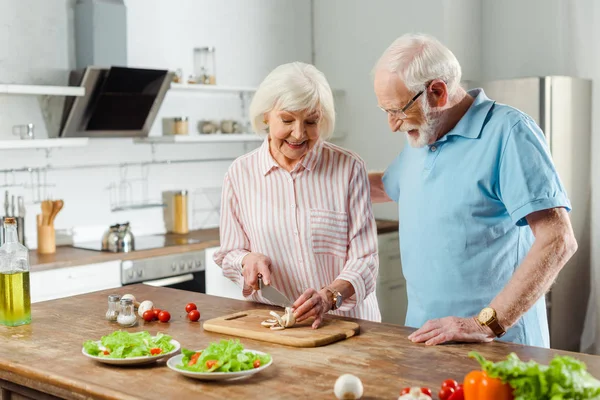
3. Lighten the Load by Letting Go of Bulky Appliances
Stand mixers and super-large food processors may have been perfect for big family gatherings, but they can be a hassle and even hazardous to lift and store. Since grip strength decreases with age, moving these appliances can strain joints or lead to accidents.
Replacing a hand mixer or immersion blender gives the same performance in smaller quantities without the heavy weights. They are easier to store, clean, and manage, and are ideal for kitchens where convenience and safety are paramount.
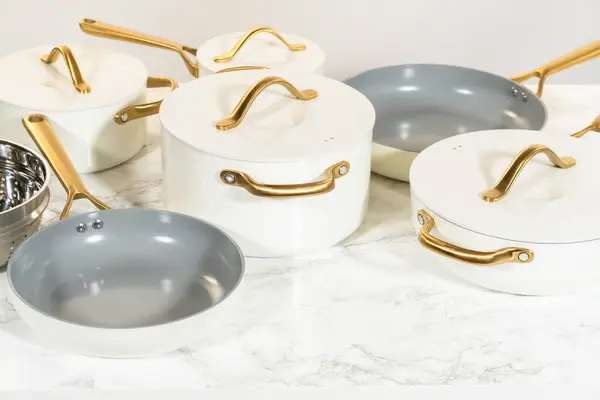
4. Substitute Heavy Cast-Iron Cookware
While cast iron is beautiful, it’s not always easy for individuals with arthritis or diminished grip function. It hurts or is just plain dangerous to hoist a heavy pan. Lightweight selections like ceramic-coated aluminium or certain stainless-steel offer even heat transfer and durability without overexerting.
Sets like the Caraway Cookware or Neo flam Eila feature non-stick coating, ergonomic handles, and stylish designs that make cooking easier and safer.
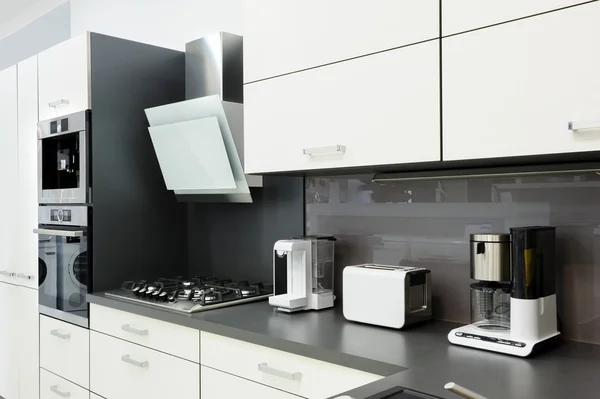
5. Avoid Appliances That Are ‘Too Smart’
App-controlled coffee machines or Bluetooth-enabled toasters are fashionable, but they add unnecessary complexity. It takes more steps and more frustration to make coffee or toast bread using a phone than simply pressing a button.
Plain old-fashioned appliances with obvious, physical controls are far more reliable. Large, legible dials or rocker switches ensure that options are at hand without having to look at a screen or navigate an app.
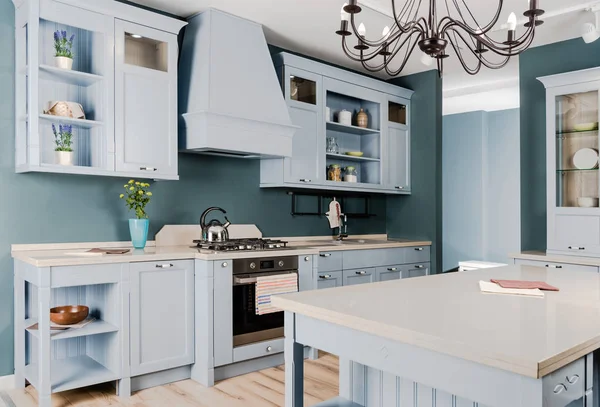
6. Let Go of Niche, Infrequently Used Appliances
Fondue sets, soda machines, and ice cream makers reside in the closet more frequently than on countertops. Unless the household has a hobbyist on its roster, these appliances occupy precious cabinet space.
Donating or selling them creates room for everyday essentials and makes the kitchen more practical. This is especially significant for compact kitchens where shelf space is at a premium.
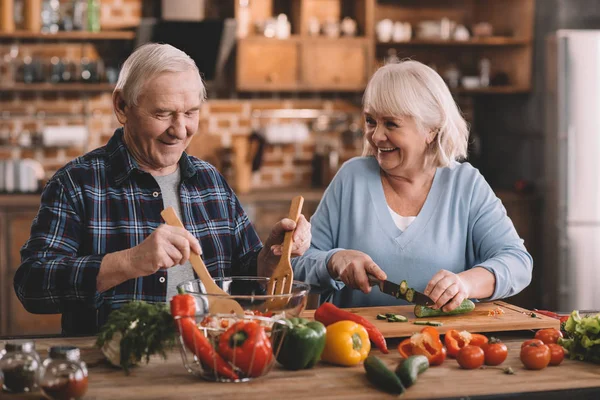
7. Incorporate Accessible, Aging-in-Place Design
Decluttering is only half of it. Mix it with aging-in-place kitchen design and a space can be transformed into a safer, more accessible environment to reside in. Features like pull-out shelves, slip-resistant flooring, and carefully positioned lighting relieve stress and prevent accidents.
Lowering countertop levels, widening walkways, and choosing rounded-edge surfaces also enhance accessibility. Since the work triangle sink, stove, and refrigerator is still the central focus of kitchen efficiency, designing it for fewer moves can simplify cooking for the next years.

Simplifying a kitchen at 60 isn’t about giving up on favourite foods or cherished routines it’s about making space for what matters. By letting go of large, complex, or rarely used items and embracing open design, older adults can craft a kitchen that is safer, easier to use, and more enjoyable. The reward? Less clutter, less effort, and more time to relish the moments that happen around the table.


